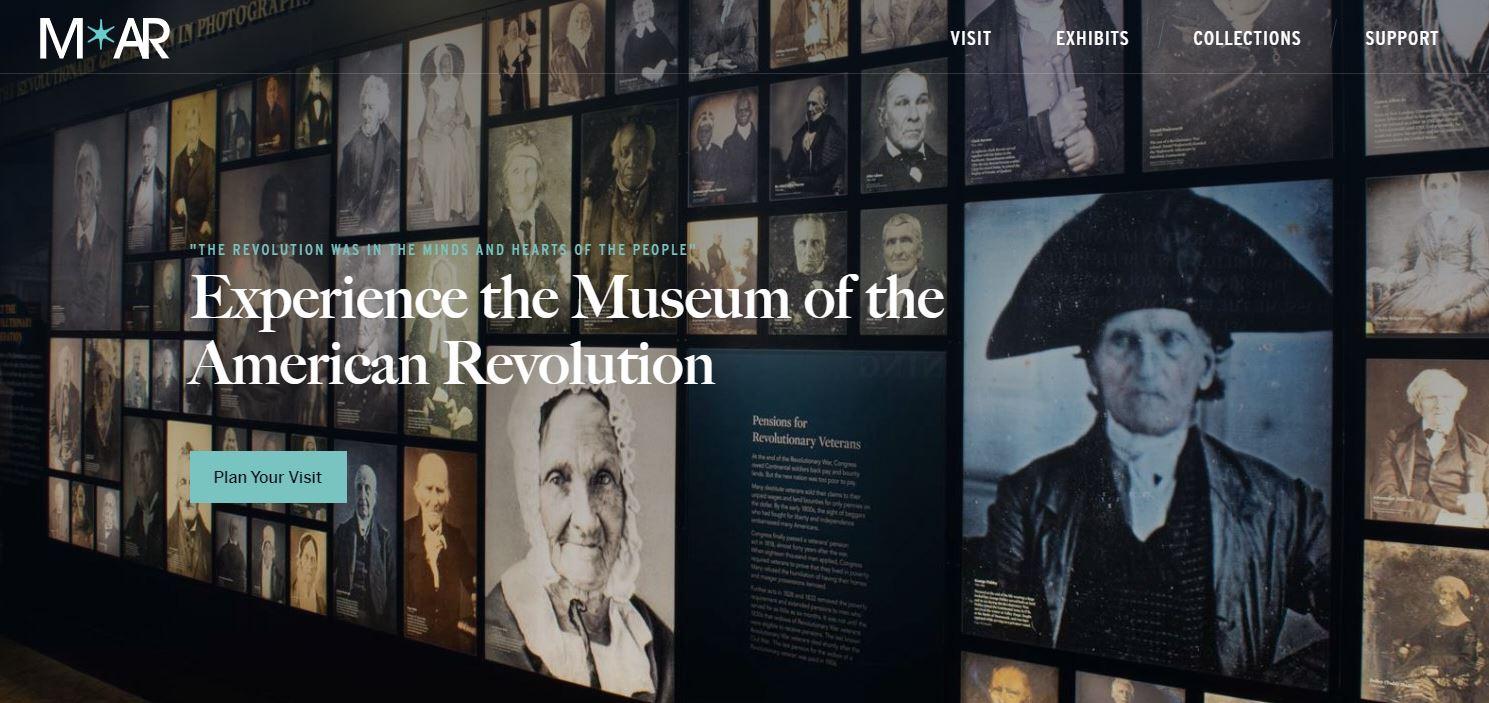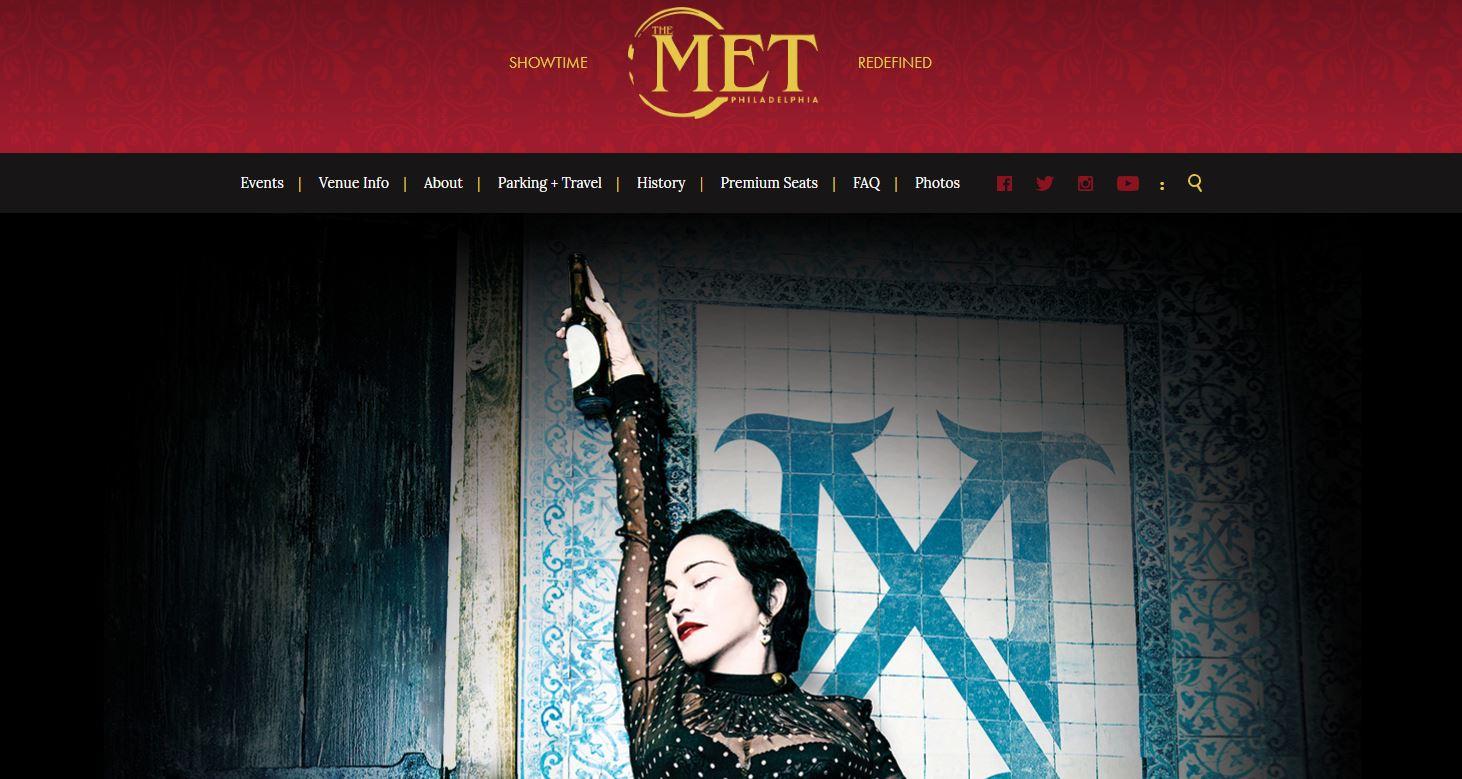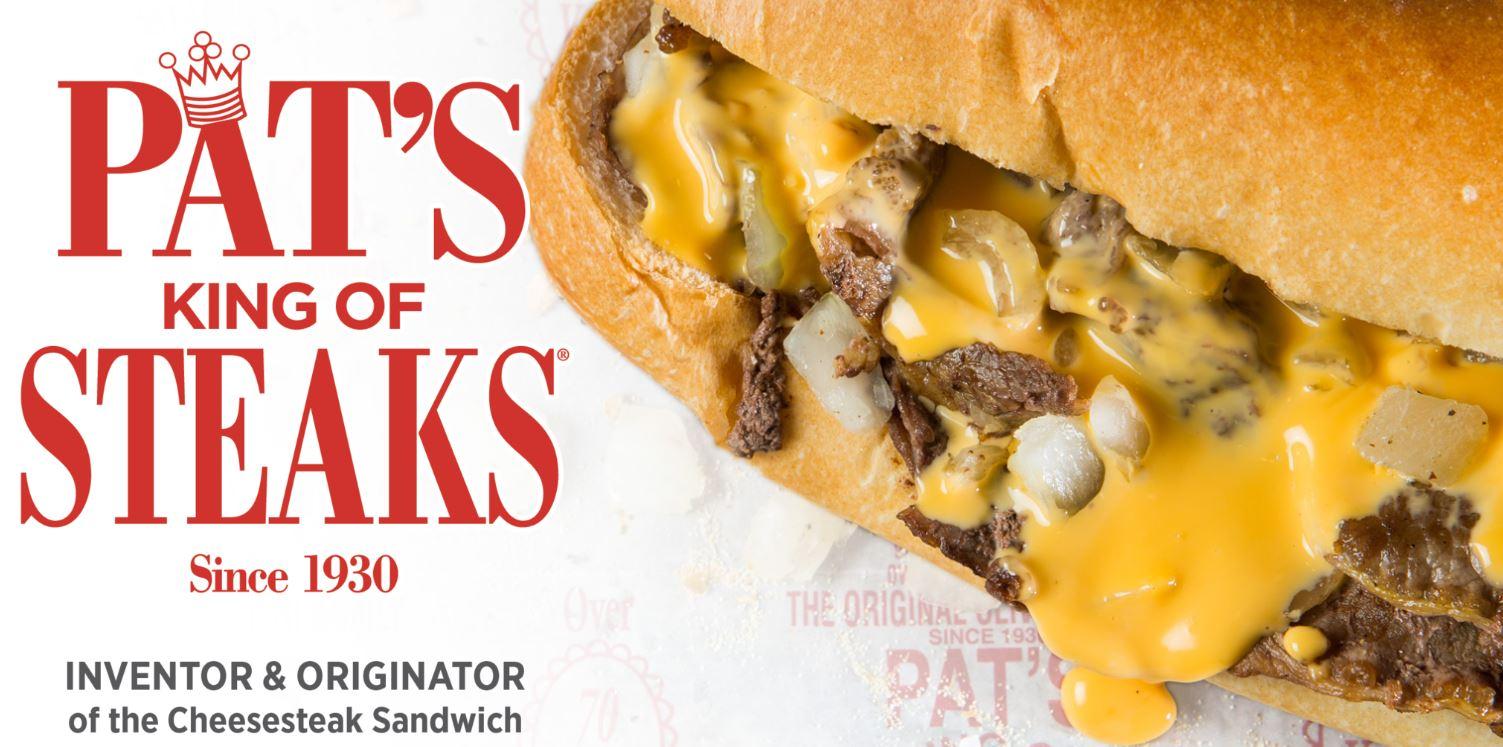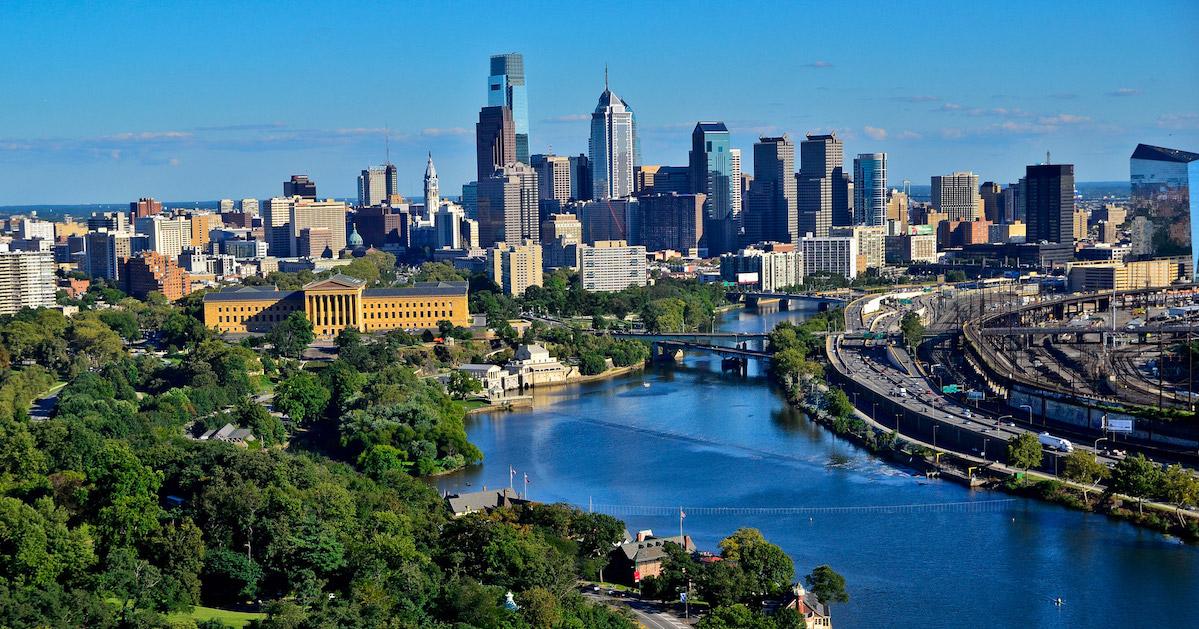While Philadelphia is justifiably known for its pivotal role in the founding of the U.S., there’s a whole lot more to the city than the Liberty Bell. Benjamin Franklin would no doubt be astonished to see how his colonial town has evolved into a sophisticated center for the arts, fine dining and more.
That being said, Philadelphia’s 18th-century heritage remains an important part of its visitor appeal. Its wealth of historic landmarks is not only beautifully preserved, but many offer atmospheric event spaces that add distinctive flair to meeting programs.
Jennie Udell, co-founder of Stockton & Partners Meetings and Events and president of the MPI Philadelphia Area Chapter, says one of the joys of planning a Philadelphia meeting is the abundant variety of experiences available to groups.
“My firm loves the part of matching the client with the ideal venue—there’s literally something here for everybody,” she says. “People think of us for history, but we have current culture that is important, too, everything from the life sciences to botanical gardens to the largest Impressionist art collection in the U.S.”
Kavin Schieferdecker, senior vice president, convention division for the Philadelphia CVB, also emphasizes the city’s broad appeal, citing a diversity of past events that includes Magnet (American Nurses Credentialing Center), the American Heart Association’s Scientific Sessions, the World Meeting of Families and the 2016 Democratic National Convention.
“Customers can depend on Philadelphia, with its dense population and accessibility, to drive attendance numbers and provide a great holistic meeting experience,” he says.
Schieferdecker adds that the city has been attracting more trade shows ever since an expansion of the Pennsylvania Convention Center (PCC) was completed in 2011. The expansion gave the facility a 55,000-square-foot ballroom and 528,000 square feet of contiguous exhibit space, making it among the largest in the Northeast.
“We feel like the versatility of PCC, with the ability to host simultaneous events, has been a competitive edge,” he says.
Schieferdecker says Philadelphia is continuing to increase its downtown hotel inventory, now offering nearly 14,000 guest rooms at a variety of price points. New properties include Cambria Hotel and Aloft Philadelphia Downtown.
“By the end of this year, Philadelphia will have increased its hotel room supply by nearly 20 percent in just two years’ time,” he says.
Upcoming hotel openings include a 219-room Four Seasons, which will occupy the top floors of the new, 60-story Comcast Technology Center, the city’s tallest skyscraper when it opens later this year. Set to debut in 2020 is a 52-story, dual-branded, 295-room W Philadelphia and 460-room Element Philadelphia located near the convention center.
New and Restored Venues
Philadelphia has also been adding to its supply of offsite venues. A new favorite for Udell is the Museum of the American Revolution, a stunning facility devoted to the history and impact of the Revolutionary War era. The museum opened in 2017 with several event spaces, including a 175-seat theater and a dramatic rotunda area with room for up to 300.

Photo source: amrevmuseum.org
Another new choice is The Met Philadelphia, the former Philadelphia Metropolitan Opera House, which underwent a US$56 million restoration and reopened last year. The modernized 1908 building serves as a venue for headliner entertainment and also offers private event space, including the 3,400-square-foot Grande Salle with a marble bar and chandeliers.

Photo source: themetphilly.com
“Groups can use The Met as a theater or they can remove seats for other types of events,” Udell says. “It’s absolutely gorgeous.”
Also recently restored, One North Broad is a former Masonic temple originally opened in 1873 and now used exclusively as an event venue. A National Historic Landmark, the building features ornate rooms based on various themes of ancient architecture and includes a library with items that belonged to George Washington and other notables. Event spaces include a grand ballroom, marble foyers and meeting rooms.
“When you hold an event there, you have the option of getting a docent-led tour to learn about the incredible architecture and history,” Udell says.
These new venue choices join a stellar lineup of legendary attractions, including Independence National Historical Park, a square mile that is home to Independence Hall, where the Declaration of Independence was signed in 1776. It also includes the National Constitution Center, which combines historical exhibits with a variety of impressive meeting and event spaces. Groups can dine in the Grand Hall Overlook, which accommodates up to 600 and features spectacular views of Independence Hall.
More intimate events can be enjoyed at nearby City Tavern, a favorite watering hole for the founding fathers, who enjoyed such dishes as West Indies pepperpot soup and sweet potato biscuits, both still on the menu. With 10 private dining rooms, the tavern will arrange events with period music, costumed interpreters and wait staff in colonial garb.
Painting the Town
Philadelphia enjoys a growing reputation as an art center, reflected in museums such as the Barnes Foundation, home to an outstanding collection of Impressionist and Post-Impressionist art. The Barnes offers an array of event spaces for up to 800 guests, including garden terraces, an auditorium and the light-filled Annenberg Court.
One of the country’s leading art institutions, the Philadelphia Museum of Art, is undergoing a $196 million overhaul led by architect Frank Gehry that is adding new exhibition areas and 67,000 square feet of public space to the existing structure. The new spaces are opening in stages over the next two years. As a venue, the museum can handle everything from gala receptions for 6,000 to intimate private dinners in its new restaurant, Stir.
Growing out of an anti-graffiti campaign launched in 1984, the Mural Arts Program has made mural art an important part of the local art scene, resulting in more than 3,600 murals adorning walls in neighborhoods throughout the city. Another result is that mural art can be an engaging part of a meeting agenda.
“There are many activities that can be organized around the murals, including tours that highlight themes and different artists,” Udell says. “You can also have your group work on a mural that hasn’t been installed yet or they can create their own.”
Culinary Mecca
Dining is an increasingly pleasurable experience in Philadelphia, which includes everything from top gourmet establishments to the famous dueling cheesesteak emporiums, Pat’s King of Steaks and Geno’s Steaks, just outside the Italian Market in South Philadelphia. Other truly local experiences include family-operated BYOB (bring your own bottle) restaurants scattered throughout the city and the Reading Terminal Market, where vendors put forth everything from Mediterranean specialties to jarred relishes and flaky pies from Amish country.

Photo source: patskingofsteaks.com
“Our culinary scene is amazing and many of our local chefs will do special dinners for a group,” says Udell, noting that the city produced 14 James Beard Award finalists this year.
Philadelphia’s culinary reputation is garnering growing attention from meeting planners, according to Schieferdecker at the CVB.
“Last year, Natural Products Expo East decided to commit to Philadelphia long-term, in part because of capacity and the city’s acclaimed food and restaurant scene,” he says. “This repeat annual business is building a foundation for our sales efforts today.”

